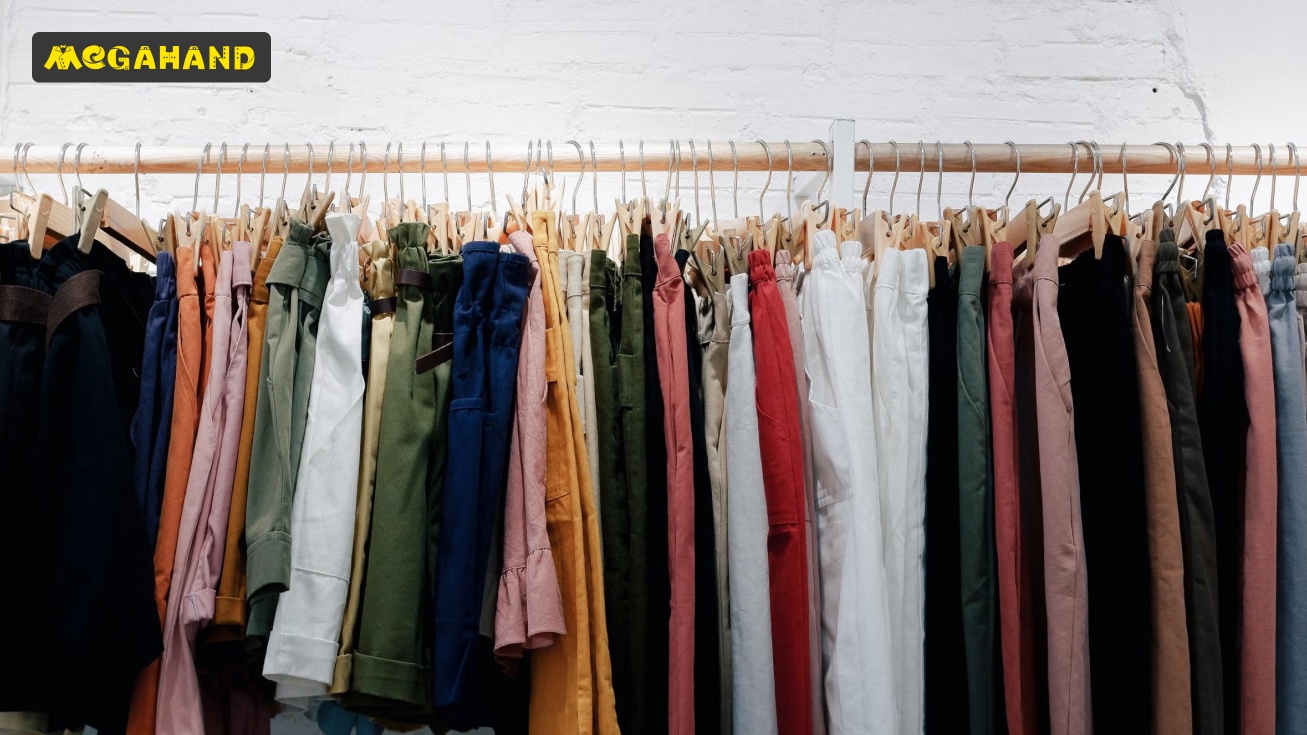A school uniform is not just a set of clothes, but a symbol of belonging, discipline and often a reflection of the cultural characteristics of the country. Around the world, millions of students wear a uniform every day, but its appearance can be dramatically different, telling its own unique story. From formal jackets and ties to recognizable “sailor suits” and kimonos, the looks of schoolchildren in different parts of the world are surprising in their diversity.
The introduction of compulsory or recommended school uniforms has several goals. This is creating equal conditions for students, reducing social stratification, increasing discipline, ensuring safety (recognition of “friends” on school grounds and beyond) and creating a sense of community and pride in one’s educational institution. However, the approach to the design and strictness of the rules for wearing uniforms varies significantly from country to country.
School uniforms in different countries: cultural characteristics and traditions
When traveling around the world, you can notice how diverse the school wardrobe is. Let's look at a few striking examples:
Great Britain: Classics and Traditions
One of the most recognizable and traditional forms in the world. A typical outfit includes a blazer of a certain color with the school logo, a shirt or blouse, a tie (often striped), a skirt or trousers, as well as knitwear (sweater, cardigan) and tights or socks. The uniform in Great Britain symbolizes prestige, history and continuity. Colors and styles can vary greatly depending on the specific school, especially in private schools.
Japan: Iconic Images
Japanese school uniforms, especially the women's "sailor fuku" (sailor suit), have become a true cultural phenomenon, widely known outside the country thanks to manga, anime and films. The men's uniform, the gakuran, features a stand-up collar and trousers reminiscent of military clothing. Although in recent years some schools have been switching to more modern Western styles (blazers and skirts/trousers), traditional uniforms remain very popular and recognizable symbols of Japanese school life.
Australia: Adaptation to the climate
In Australia, school uniforms are largely similar to the British ones, but adapted to a hotter climate. Lighter fabrics are often used, and the set may include shorts for boys and sundresses for girls in the summer. Wide-brimmed hats or caps are also a must for sun protection, emphasizing the importance of health and safety.
USA: Diversity of Approaches
In the United States, school uniforms are neither universal nor mandatory at the national or state level. The decision to introduce uniforms is made at the level of individual school districts or schools themselves. If uniforms are introduced, they are often less formal than in other countries, consisting, for example, of polo shirts in certain colors combined with khaki or navy blue trousers or skirts. However, in some private schools the uniform may be the same or even more traditional than in the UK.
Russia: The Return of Traditions
In Russia, attitudes towards school uniforms have changed over different historical periods. After a period of abandoning mandatory uniforms, many schools are now independently introducing requirements for student clothing. Often this is a classic style: jackets, vests, trousers, skirts, sundresses, shirts and blouses of certain colors (blue, gray, burgundy, black). The school logo may be a required element. The goal is to create a business atmosphere and prevent social inequality.
Other countries: Continuous diversity
In India, the uniform is also widespread, often a shirt and trousers/skirt, sometimes with a vest or jacket, colors may vary. In China, the uniform can be sporty, consisting of a suit (jacket and trousers) or more classic with shirts and skirts/trousers. In many countries in Africa and Asia, uniforms are standard and often consist of a shirt and skirt/trousers, adapted to local conditions and traditions.
Practicality: Where to find a school uniform?
Selecting and purchasing a school uniform can be a significant expense for a family. Given how quickly children grow and how often wardrobes need to be updated, many parents are looking for ways to save money without sacrificing quality. In this context, second-hand becomes an excellent solution.
Megahand - second-hand in Rustavi in Georgia offers the opportunity to find high-quality school clothes at affordable prices. Here you can find shirts, trousers, skirts, jackets, vests, and sometimes elements of national or specific school uniforms, which may be in good condition and ready to wear after appropriate processing. Not only does shopping second-hand save on your budget, it's also a sustainable approach to consuming, extending the life of your items.
Whether you need a formal uniform for private school or versatile basics for your everyday school wardrobe, exploring the selection at a second-hand store can be a pleasant surprise. This is especially true for rapidly growing children and teenagers, whose clothes often remain in excellent condition but become small.
Frequently asked questions (FAQ) about school uniforms
In which countries are school uniforms most common?
School uniforms are widespread in countries such as the UK, Japan, Australia, India, China, and many countries in Africa and Asia. In Europe, some private schools wear them, and in the United States, uniform requirements vary.
Why are schools required to wear uniforms?
The main goals include creating a level playing field, increasing discipline, fostering a sense of community, improving safety, and reducing the cost to parents of casual school wear.
Which school uniform is considered the most unique?
Japanese "sailor fuku" (sailor suit) and "Gakuran" (mandarin collar) are often cited as one of the most unique and culturally significant uniforms.
Is it possible to buy quality school uniforms at a thrift store?
Yes, absolutely. In stores like Megahand - second-hand in Rustavi in Georgia you can often find school clothes in good condition, including shirts, trousers, skirts, jackets, etc., at significantly lower prices.
Do the requirements for school uniform vary greatly within one country?
Yes, especially in countries where there is no single national standard (for example, the USA, Russia). Requirements can vary greatly from school to school, regarding color, style and mandatory elements (emblem, tie).


